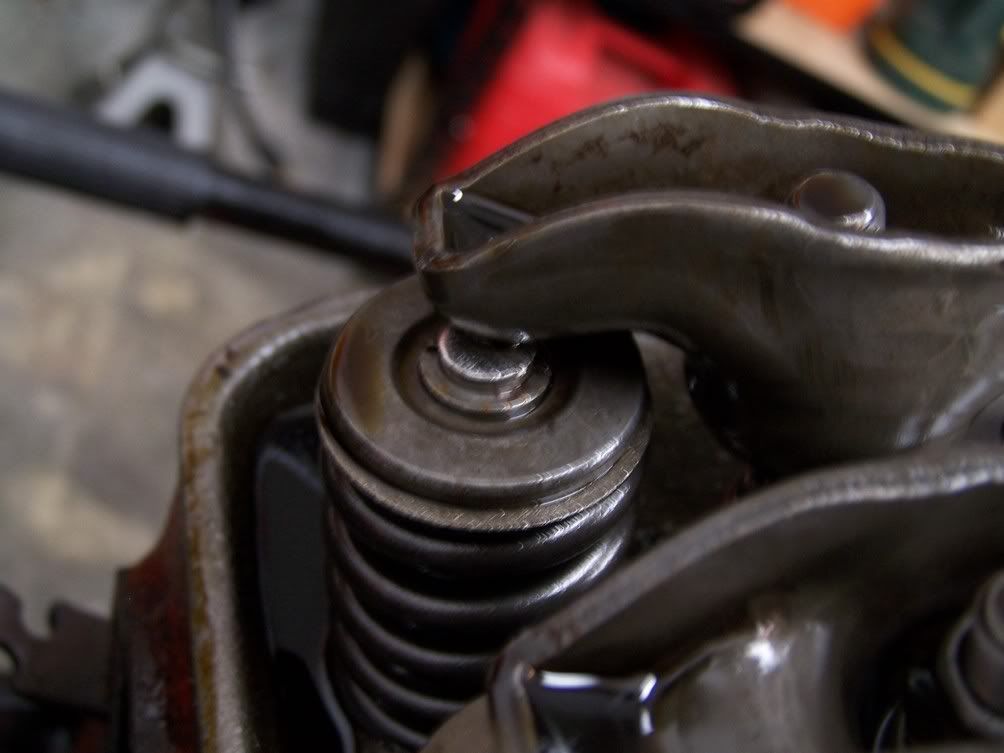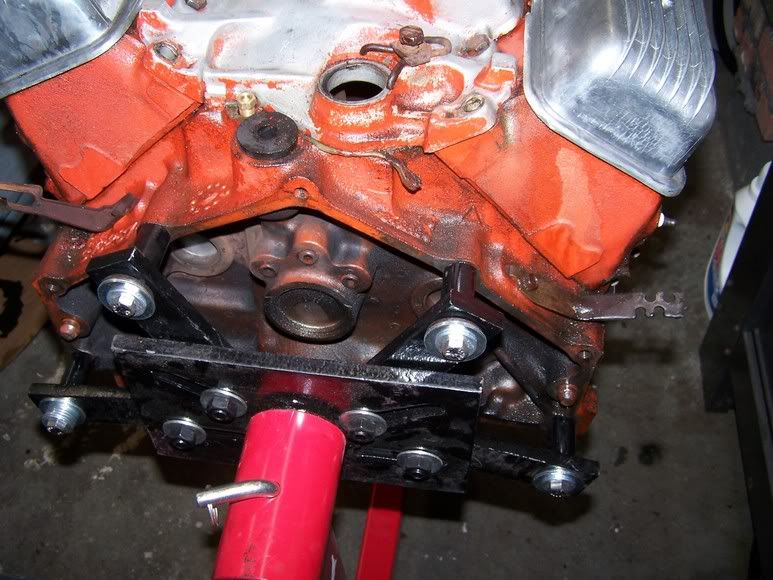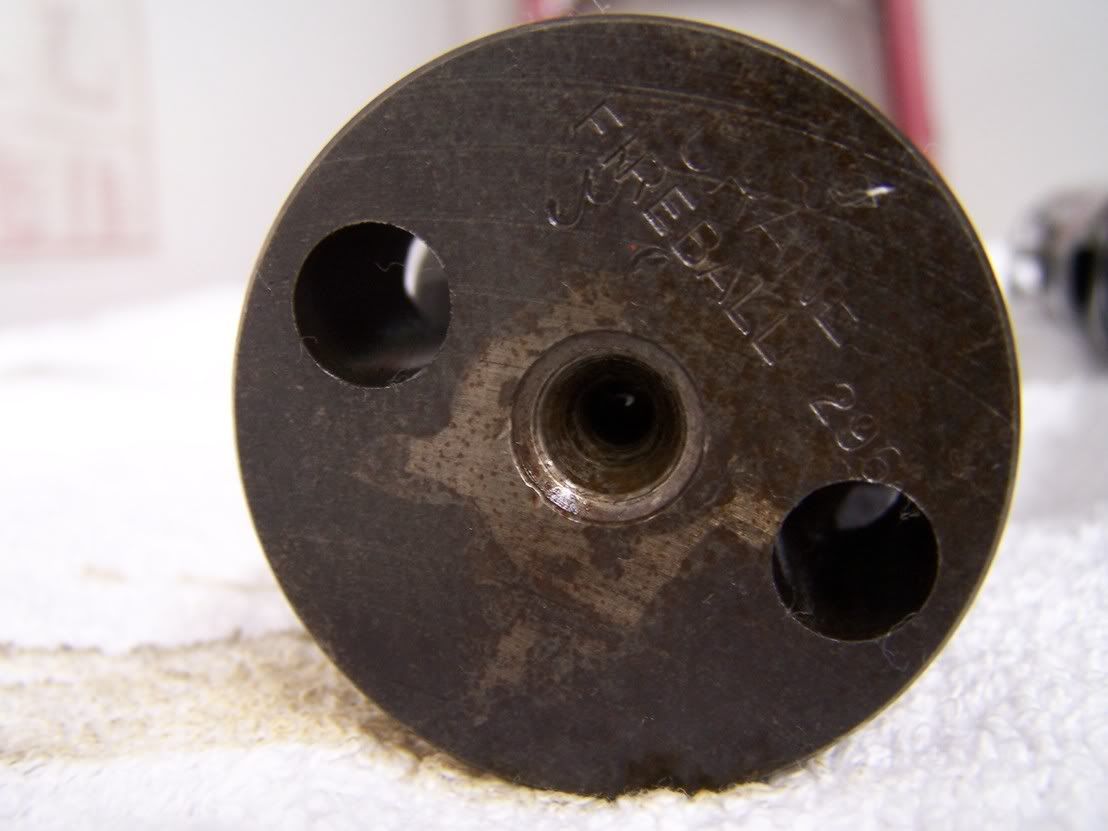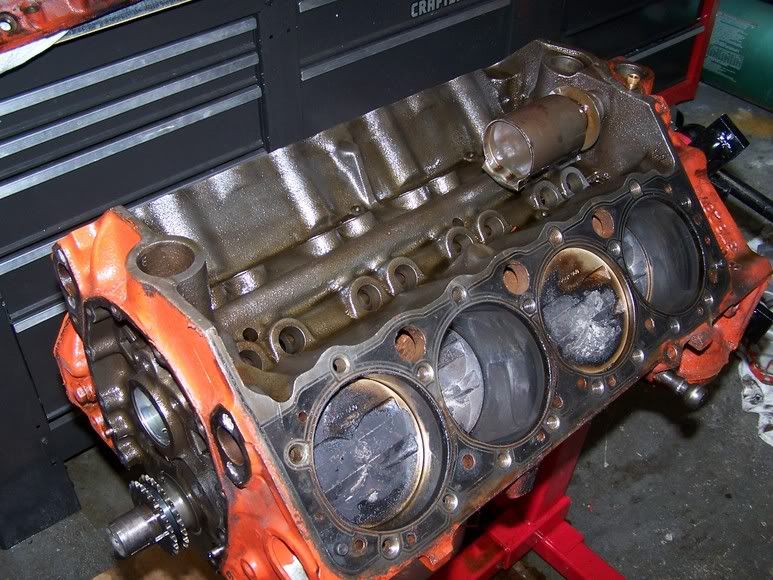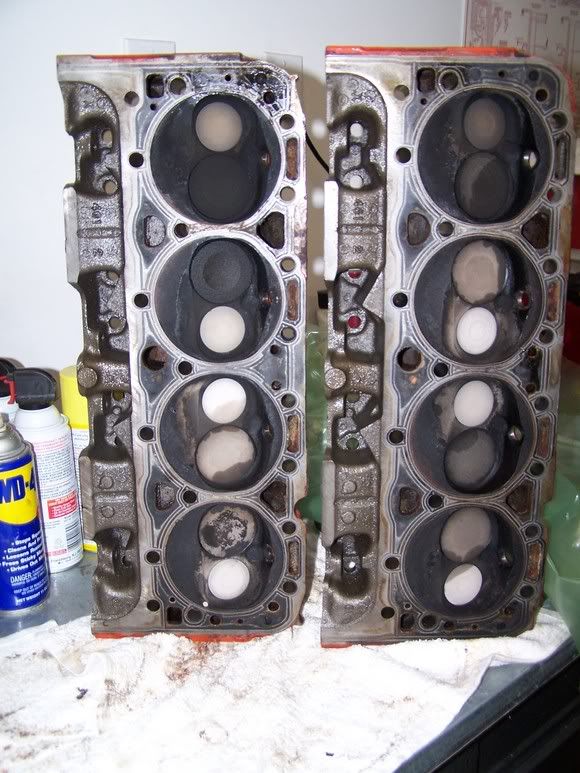saopm
Well-known member
Well I’ll have the motor out tomorrow, and will have to decide what exactly I want to do with it. I might change the cam. I assume I have the Duntov 097 cam but I am not sure. When I have the cam out how will I know what it is? Are there numbers on it or will I have to have the profile measured? What are the differences between the Duntov 097 and the 30-30 in terms of performance, idle, and sound? Also if anyone has the specs (lift and duration) of the both cams I would appreciate it.
Would this be the modern 30-30? http://www.powerandperformancenews.com/store/merchant.mvc?Screen=PROD&Product_Code=CL12-673-4&Store_Code=CC
My current setup is basically a ’63 340HP motor with a ’64 300HP carb. I plan to buy a new performer carb for now. Maybe buy the correct carb if I come across it. How will this setup respond with a 30-30?
Tim
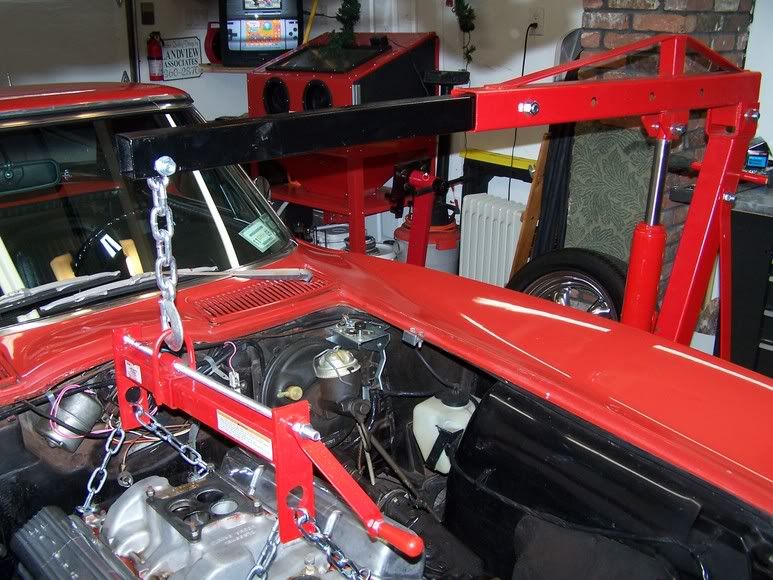
Would this be the modern 30-30? http://www.powerandperformancenews.com/store/merchant.mvc?Screen=PROD&Product_Code=CL12-673-4&Store_Code=CC
My current setup is basically a ’63 340HP motor with a ’64 300HP carb. I plan to buy a new performer carb for now. Maybe buy the correct carb if I come across it. How will this setup respond with a 30-30?
Tim




